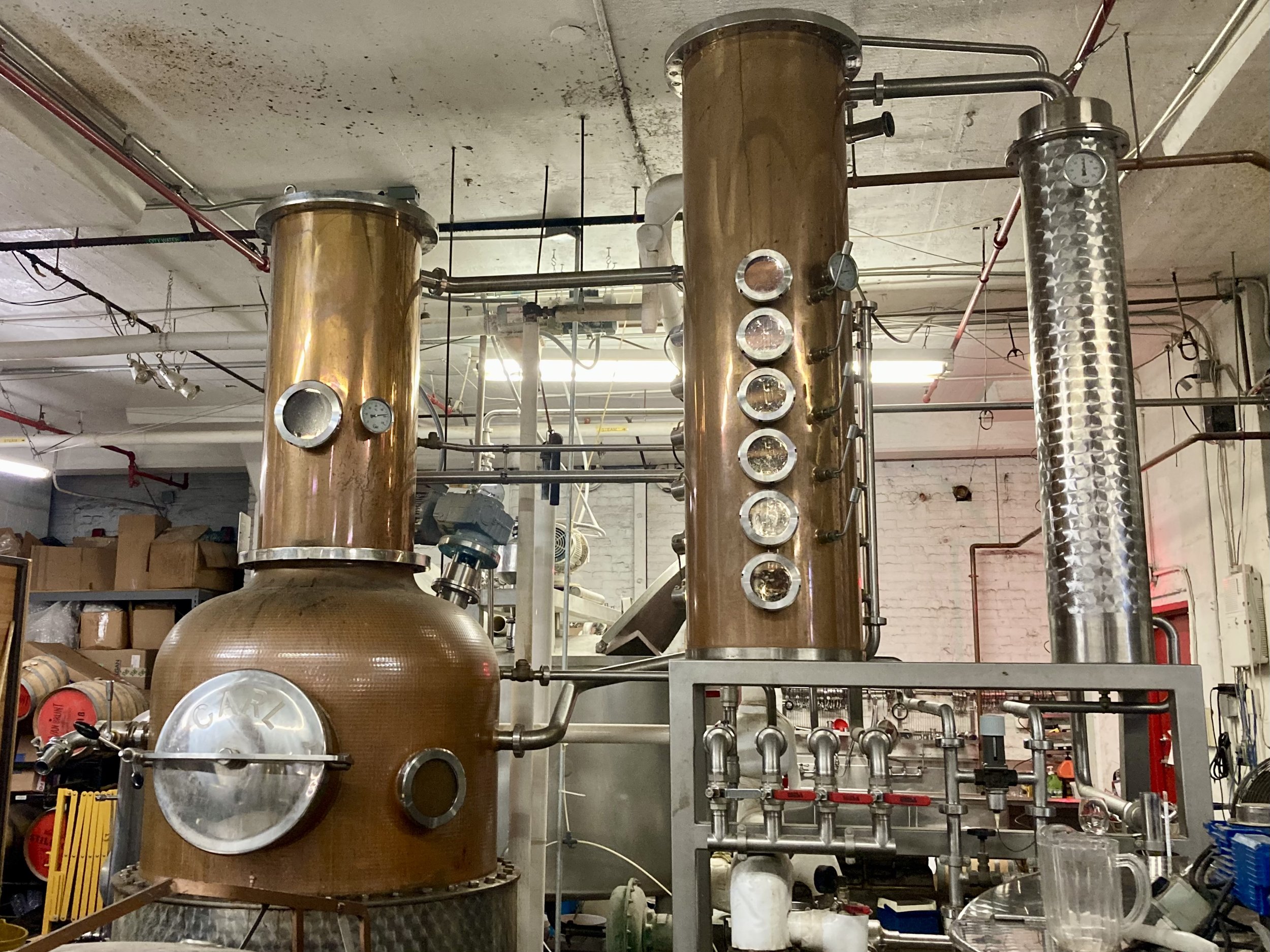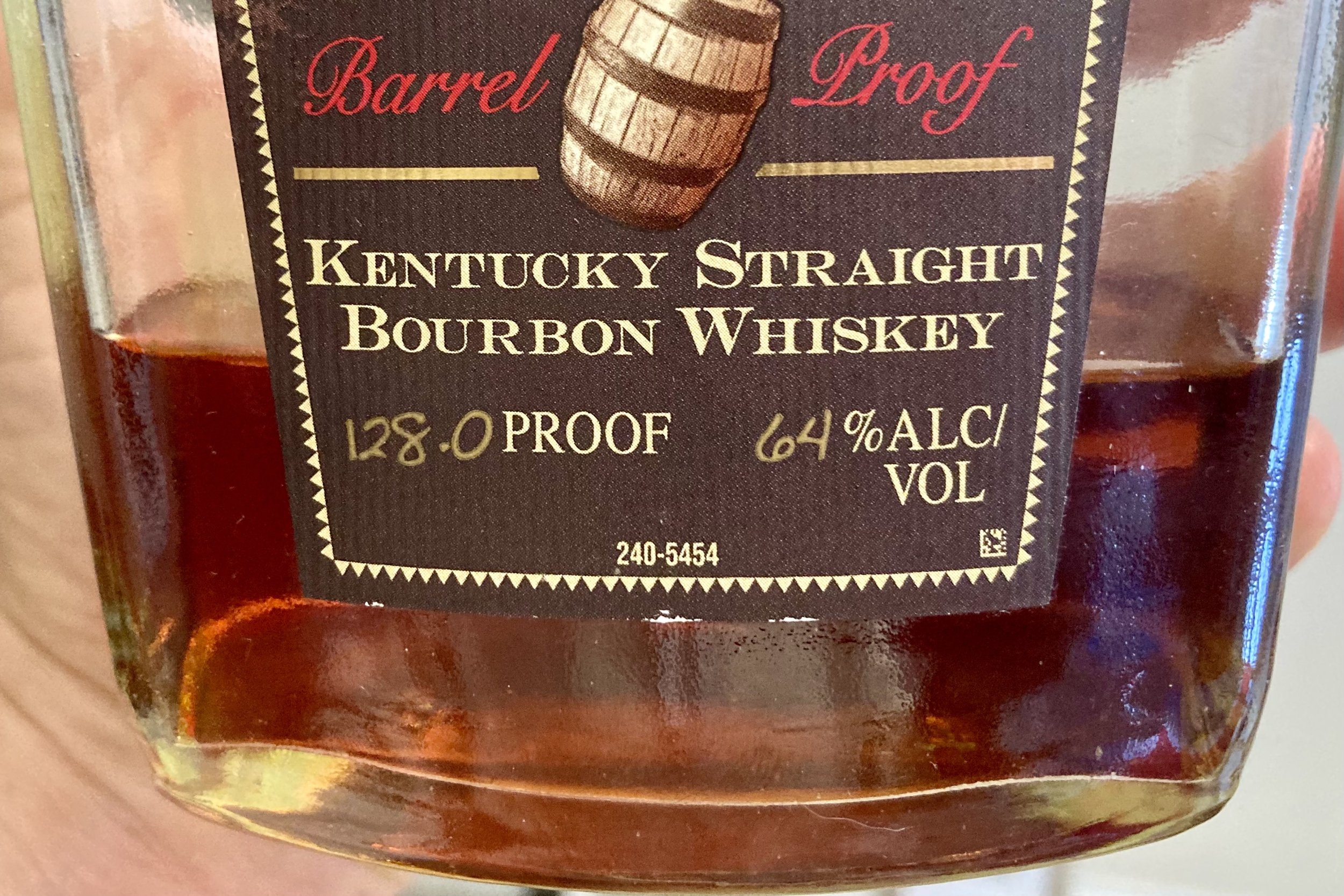Single Malt Scotch
Where the same three ingredients result in whiskies with a variety of flavor profiles
How neat is that? Single malts are produced all over Scotland and each distillery has their own take on what makes a single malt delicious. Some distilleries opt for light and floral, while others go for rich and pungent. Some are fruit forward while others are packed with smoke. With all this variety, it can be hard to navigate your way through all the different single malt Scotches out there. There are a whopping 122 active single malt distilleries in Scotland. And a simple way to start is to know what flavor profiles are associated with the region that the whisky is produced.
First and foremost, what is Single Malt Scotch?
In order for whisky to be called “single malt” it must be produced by one distillery (“single”) in Scotland using 100% malted barley (“malt”), distilled with copper pot stills and aged for at least 3 years in oak. Usually a single malt label will also tell you what region the distillery was produced in. That means all single malts, no matter what region they’re produced in, come from the same three ingredients: malted barley, water and yeast. They are distilled using the same type of still and aged in oak barrels. Though, their flavor profiles are wildly different.
What the heck is malted barley?
Malting is when the barley grains are subject to water, allowed to sprout and then kilned to halt germination. In other words, the grains are tricked into thinking it’s spring and then dried out before they can actually grow into barley plants. This process is necessary for barley fermentation because yeast are unable to ferment the starches inside the barley, they need simple sugars. Barley releases an enzyme called amylase as it germinates that breaks down the starches into simple sugars. This is also the part of the process where peat comes into play.
Wait, who’s peat?
Peat is decomposed moss, shrubs and grass that develops in wetlands and can be used as a fossil fuel. In places where peat is readily available, like Scotland, it was the country's main source of energy before the Industrial Revolution. That meant distilleries used it as their source of heat for kilning the malted barley and for firing the stills. The barley would pick up smokiness during kilning from the peat smoke. Depending on the kilning process, the malt can take on varying degrees of smokiness measured in phenolic parts per million (ppm), meaning more exposure to peat smoke results in “smokier” flavors. Some distilleries still embrace a peated Scotch, while others began moving away from using peat when other forms of energy (coal) became available during the Industrial Revolution. Currently, only a quarter of Scotch distilleries produce peated malt, so when your friend tries to tell you that all Scotches are smoky, it’s simply not true. Fun fact: more peat develops each year than is harvested for whisky production.
How did the different Scotch regions come to be?
Currently, there are five different regions recognized by the Scotch Whisky Association (SWA), but those regions didn’t all develop at once. The Wash Act of 1784 introduced the divide between the Lowlands and Highlands, the first two whisky regions. About a century later, the Campbeltown and Islay (pronounced eye-luh) regions were introduced due to the high quantity of distilleries in those areas. And in 2014, Speyside became a Scotch region for the same reason, and it currently has the highest density of distilleries. Some claim that the Islands are a sixth region, however, it’s an unrecognized subregion of the Highlands. Distilleries located on the Islands will identify the island where their single malt was produced on their label.
Okay, so what are the different Scotch regions?
Other Blog Posts
1. Lowlands
There are 13 active single malt distilleries in the Lowlands. Single malts from this region are known for being light and floral with grassy, honey, cream and cinnamon notes. Lowland distilleries traditionally produce unpeated whisky and triple distill their spirit resulting in a lighter whisky. This developed because historically, whisky produced in the Lowlands was exported to England and either consumed as is or used as the base spirit to produce gin. This meant a light spirit was desired. A majority of Scotland's whisky production happens in the Lowlands because many of the single malts produced are used in blending.
Distilleries: Daftmill, Kingsbarns, Auchentoshan, Glenkinchie, Ailsa Bay, Bladnoch, Annandale
2. Speyside
There are 51 active single malt distilleries in Speyside, the highest concentration of distilleries in Scotland. Similar to the Lowlands, distilleries traditionally use unpeated malt, however, they double distill the whisky. This adds some complexity to the spirit. Speyside single malts are known for having notes of fruit, honey, nutmeg and vanilla.
Southern Distilleries: Speyside, Tomintoul, Braeval, Tamnavulin, The Glenlivet, Balmenach, Tormore
The Ben Rinnes Cluster: Craigellachie, The Macallan, Aberlour, Dailuaine, Cardhu, Tamdhu, Knockando, Imperial, Glenallachie, Glenfarclas, Cragganmore, Ballindalloch, Allt-a-Bhainne, Benrinnes
The Dufftown Cluster: The Balvenie, Dufftown, Mortlach, Glendullan, Glenfiddich, Kininvie
Keith to the Eastern Boundary: Inchgower, Aultmore, Strathisla, Glen Keith, Strathmill, Auchroisk, Glentauchers
The Rothes Cluster: Speyburn, Glen Grant, Glenrothes, Glen Spey
Elgin to the Western Edge: Benromach, Glenburgie, Roseisle, Glen Moray, Miltonduff, Mannochmore and Glenlossie, BenRiach, Linkwood, Longmorn, Glen Elgin
3. Highlands
There are 36 active single malt distilleries in the Highlands, not including distilleries on the Islands. The flavor profile of Highland single malts vary dramatically depending on where the distillery is located. Unlike the Lowlands, distilleries in the Highland region were not permitted to export their spirit and were limited to the quantity of spirit produced as per the Wash Act of 1784. So, the whisky that was produced was for local consumption. This meant that the style of Highland whiskies was driven by what the locals wanted to drink rather than what would satisfy the English consumer. Therefore, Highland single malts developed into full bodied whiskies that are traditionally double distilled. Flavor profiles range from light, dry and fruity in the south to rich, sweet and cereal in the north. Distilleries in the east produce whiskies that are fruit forward, while the west embraces peat smoke.
North Distilleries: Wolfburn, Old Puteney, Clynelish, Balblair, Glenmorangie, Dalmore, Teaninich, Glen Ord, Royal Brackla, Tomatin
South Distilleries: Loch Lomond, Deanston, Glengoyne, Tullibardine
East Distilleries: Glenglassaugh, Mcduff, Knockdhu, GlenDronach, Ardmore, Glen Garioch, Fettercairn, Glencadam
West Distilleries: Ardnamurchan, Ben Nevis, Oban
Central Distilleries: Royal Lochnagar, Dalwhinnie, Blair Athol, Edradour, Aberfeldy, Glenturret, Strathearn
And 3.5. Islands
There are 10 active single malt distilleries located on the Islands. Traditionally these distilleries produce peated malts and have notes of honey, pepper, smoke and brine closely resembling the Island air.
Distilleries: Jura, Arran, Tobermory, Talisker, Highland Park, Scapa, Abhainn Derg
4. Campbeltown
There were once 34 distilleries producing whisky in this tiny region, however, that is now down to only 3 active single malt distilleries. This downfall was due to a number of events coming to a head and forcing these small, independently run distilleries to close in the early 1900s. Campbeltown was (and still is) known for its smoky and oily whisky, which limited the demand from blenders. Taxes rose at the same time as World War I and Prohibition hit the USA, meaning exporting was dramatically impacted. Did you know that during this time only two pot still distilleries were operating in all of Scotland? However, recently there has been a resurgence for single malts like those produced in Campbeltown. Traditionally they are peated, however, the whiskies produced there range from unpeated to heavily peated with notes of dried fruit, smoke, toffee and vanilla.
Distilleries: Springbank, Glengyle, Glen Scotia
5. Islay
There are 9 active single malt distilleries on Islay, and they are notorious for being smoky. There is plenty of peat on Islay, and it is said to be composed of decomposing seaweed giving the malted barley a briney smokiness that stands out from the mainland peat. It’s common to find whiskies with notes of smoke, brine, moss and apples here. Remember there are always exceptions to this, and some distilleries, like Bruichladdich and Bunnahabhain, produce unpeated whiskies. Note: Bruichladdich also holds the record for the peatiest whisky ever created (Octomore 8.3 with 309 phenolic ppm).
Distilleries: Laohraoig, Lagavulin, Ardbeg, Bunnahabhain, Caol Ila, Kilchoman, Bruichladdich, Bowmore
I’d like to emphasize that each distillery in Scotland produces their own unique whisky, and they may hate me for writing yet another blog generalizing their flavor profiles based on region. However, I wanted to give you an idea of how to navigate through single malts so you can find something you may enjoy. And hopefully after reading this you feel compelled to explore the single malts of a new Scotch whisky region that you’ve never tried before.












